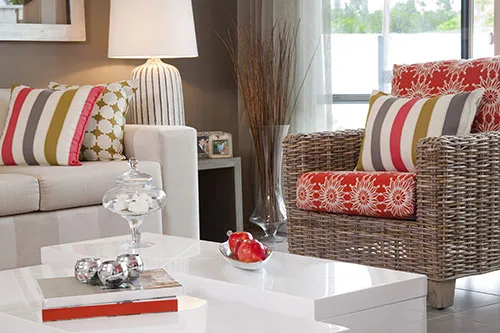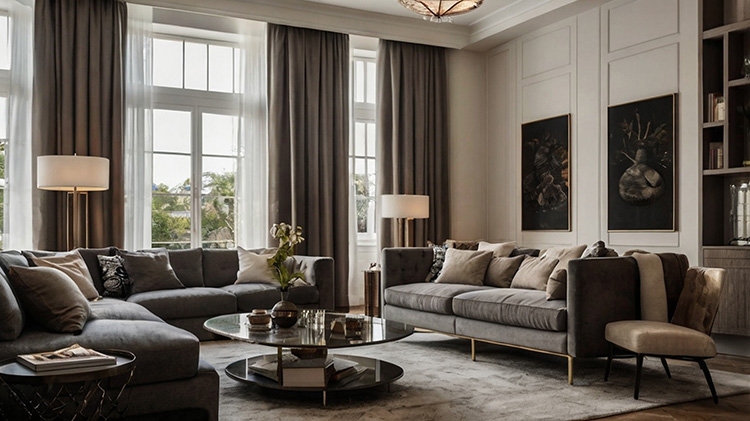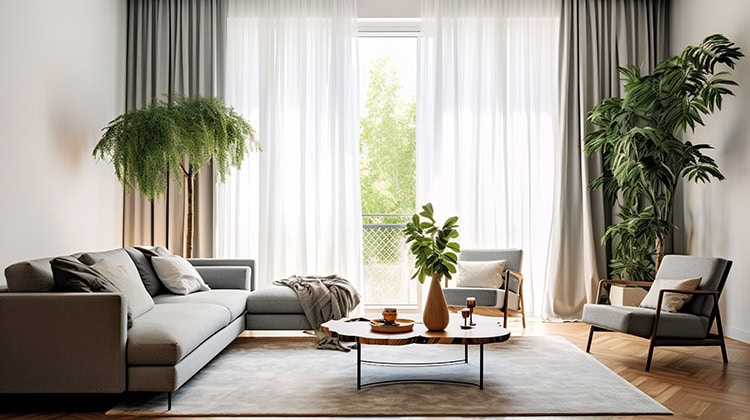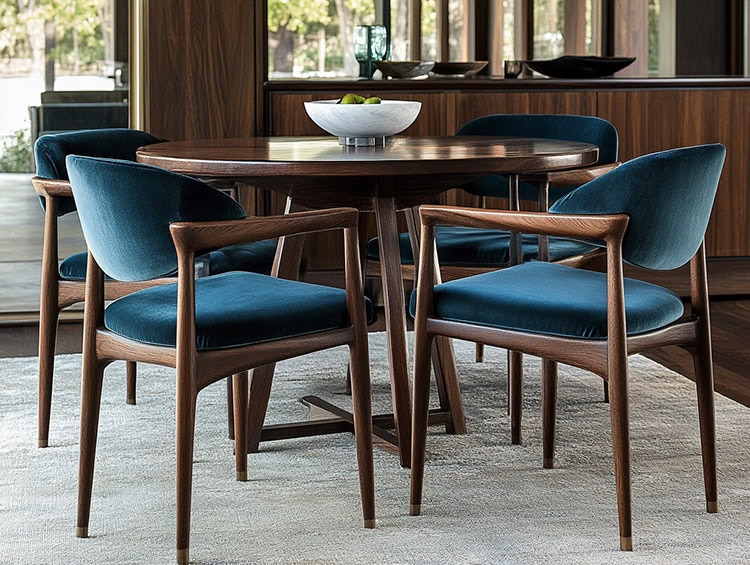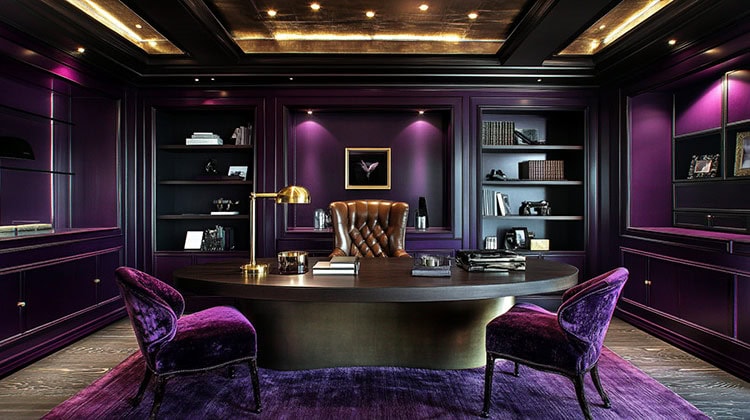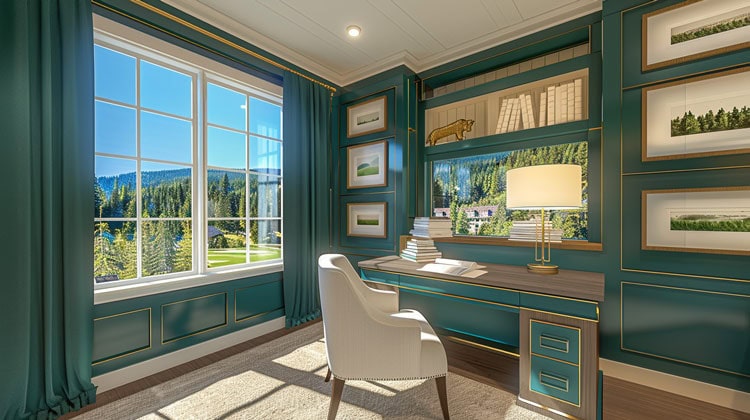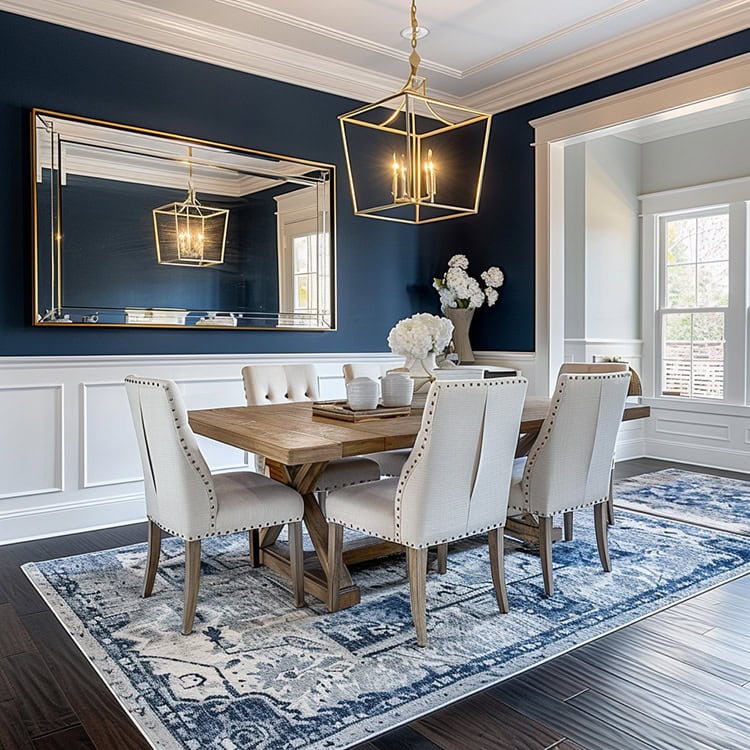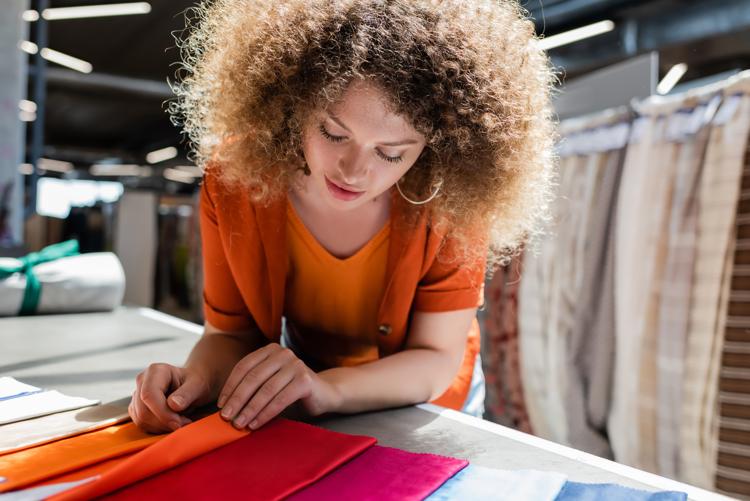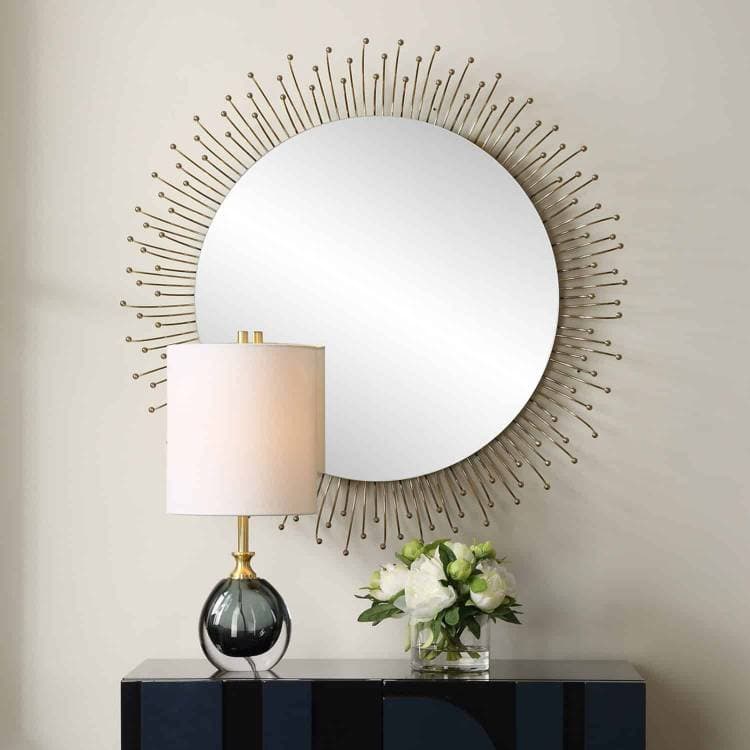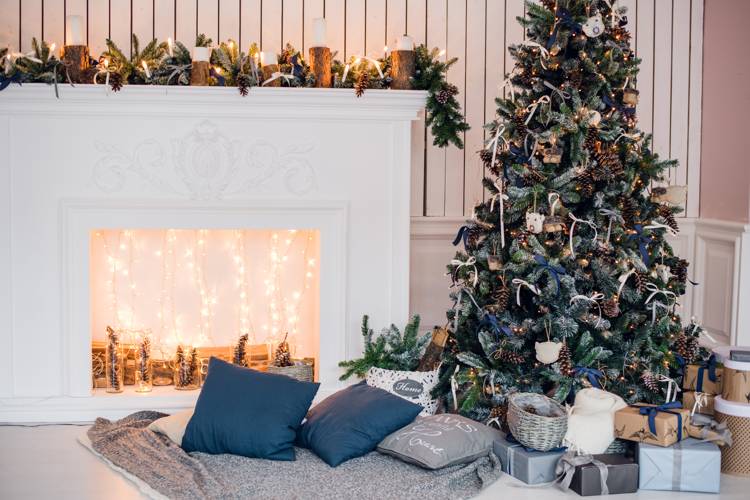If you’re anything like me I find it hard to remember all the descriptive details about the various fabric patterns–unless it’s something simple like stripes, plaid, or florals, of course. I mean, there are just so many! This is why I really like visuals. I find that having a visual on hand brings the pattern to life, making it easier for those unique little details to seep in. So this is what I aim to do: provide you with a brief rundown of common home fabric patterns with a graphic to go along with it.
PAISLEY
The paisley motif resembles a droplet, or teardrop if you will, and is of Persian and Indian origin. The pattern got its name from the town of Paisley, Scotland, the location where textiles featuring this design were produced. It became popular in the West during the 18th and 19th centuries and continues to remain widely popular today.
CHEVRON
With its term coming from the inverted V shape used in military insignia, this zigzag stripe pattern has been a popular choice for decades. The pattern can even be traced back to early art, including designs on pottery and rock carvings. Chevron is a fun and whimsical fabric perfect for pillows, window treatments, rugs, and much more.
DAMASK (DAM-usk)
Named after the city of Damascus, this pattern can best be described as a reversible figured fabric of silk, cotton, wool, linen, or synthetic fibers, with a pattern formed by weaving. Designs are usually monochromatic and feature patterns such as flowers and fruit. This fabric pattern is often widely used in upholstery, table linens, and wallpaper.
HOUNDSTOOTH
This classic check pattern was first worn by Scottish shepherds and gets its name from its uneven, two-tone pattern resembling a dog’s tooth. The pattern is often seen on clothing, however, it looks beautiful when used as upholstery. While houndstooth typically comes in black and white, other colors are sometimes used.
QUATREFOIL (KWA-tra-foil)
Derived from the Latin term meaning “four leaves”, quatrefoil resembles a four-leaf clover and was a design regularly used in Gothic and Renaissance architecture. There are several variations to the design, including some being squarer or narrower in shape. Quatrefoil patterns are popular in wallpaper, pillows, and window treatments.
IKAT
Ikat refers more to the weaving and dyeing of the fabric, rather than the actual pattern itself. Bundles of threads are bound together with a tight wrapping in the desired pattern and then dyed. The threads are then woven into the cloth once the bindings are removed, giving the fabric its signature blurred edges.
OGEE
Simply put, the ogee pattern can best be described as a mirror image of two elongated S shapes, which can at times, resemble an onion. Ikat is a popular pattern frequently used in bedding and on rugs.
TOILE
Toile is a classic pattern that dates back to the 18th Century. It is often associated with French Country design style because of its use of pastoral scenes. In more recent years, however, toile has been given a facelift. This “modern” toile is both fresh and stylish, making it a popular choice in homes today.
HERRINGBONE
Herringbone consists of a V-shaped weaving that resembles the skeleton of a herring fish, hence its name. The break at reversal is the differing quality that sets it apart from the chevron pattern. While herringbone is a popular choice for upholstery, it is also a popular motif choice for floors and tile backsplashes.

